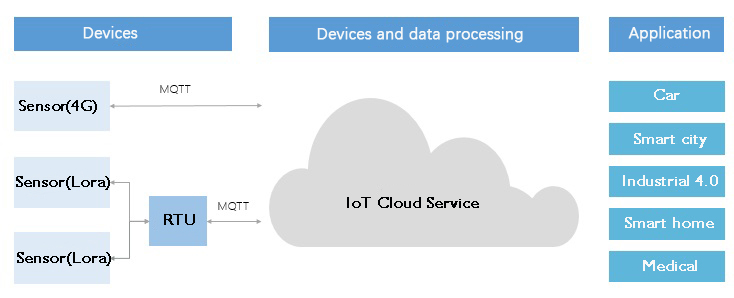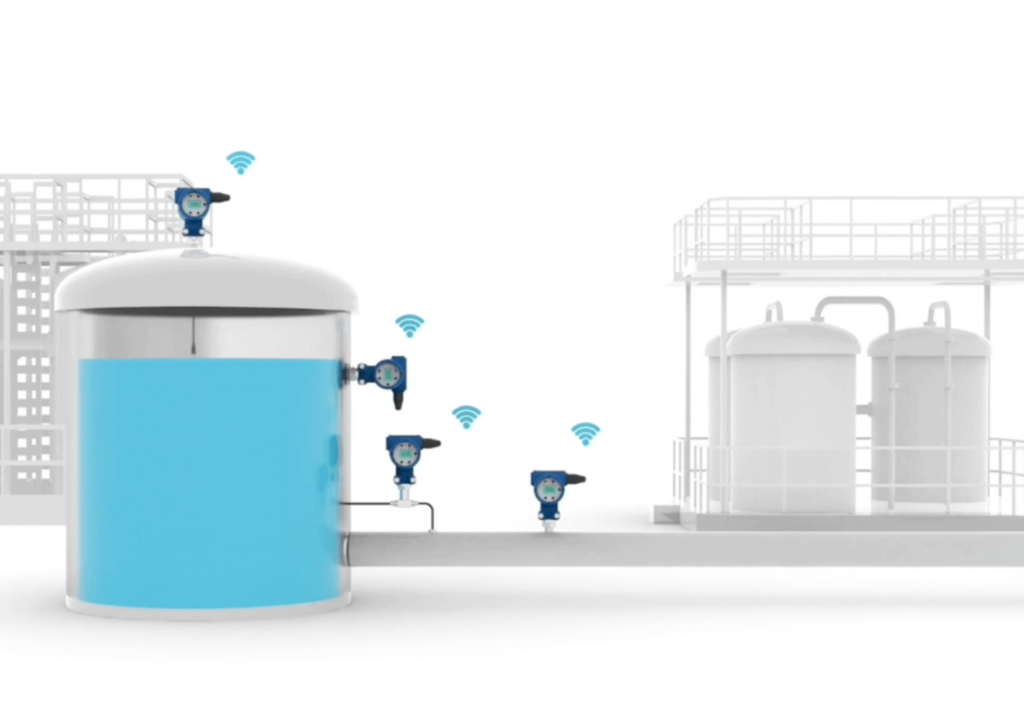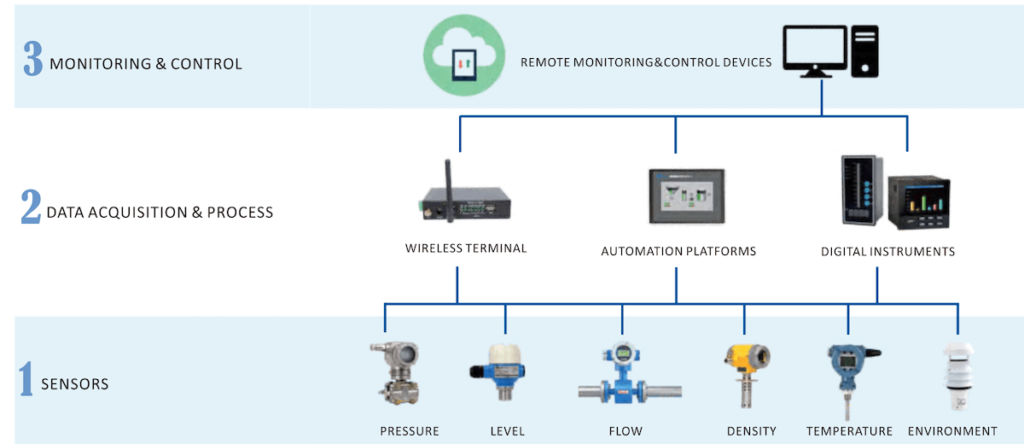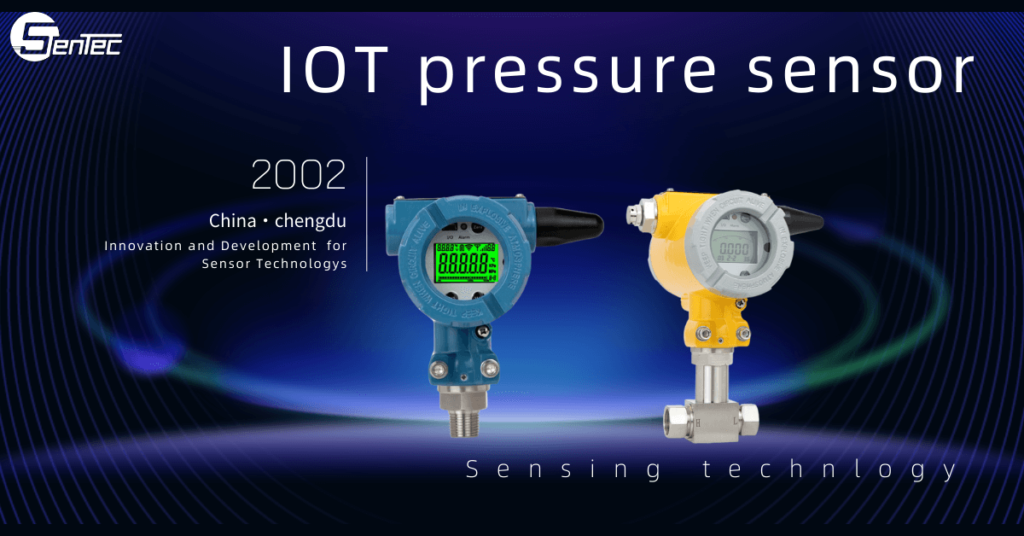The MQTT (Message Queuing Telemetry Transport) protocol is a lightweight messaging protocol specifically designed for efficient communication between devices in the Internet of Things (IoT) ecosystem. It provides a simple and reliable way to transmit data over networks with limited bandwidth and resources. MQTT follows a publish-subscribe pattern, where devices publish messages to a broker, and other devices subscribe to receive those messages.
What is the MQTT protocol?
MQTT (Message Queuing Telemetry Transport, Message Queuing Telemetry Transport Protocol) is a “lightweight” communication protocol based on the publish/subscribe mode, which is built on the TCP/IP protocol. The biggest advantage of MQTT is that it can provide real-time and reliable message services for connecting remote devices with very little code and limited bandwidth.
MQTT is a client-server based message publish/subscribe transport protocol. The MQTT protocol is lightweight, simple, open and easy to implement, which makes it applicable to a wide range of applications. In many cases, including constrained environments, such as: Machine-to-Machine (M2M) communication and the Internet of Things (IoT).
Understanding the Benefits of MQTT in IoT
The MQTT protocol offers several advantages that make it an ideal choice for IoT applications. First and foremost, it is extremely lightweight and efficient, consuming minimal network bandwidth and power. This makes it suitable for devices with limited resources, such as wireless sensors used in pressure and temperature monitoring.
Additionally, MQTT is highly scalable, allowing for the seamless integration of thousands of devices into a single network. It also supports real-time communication, enabling devices to exchange data instantaneously. Moreover, MQTT’s reliability and fault-tolerance features ensure that messages are delivered even in the presence of network disruptions, making it suitable for mission-critical applications.
Using the MQTT protocol, the device can easily connect to the IoT cloud service, manage the device and process data, and finally apply it to various business scenarios, as shown in the following figure:

MQTT Protocol in Wireless Sensors
Wireless sensors play a crucial role in various industries, including healthcare, manufacturing, and agriculture, where monitoring pressure and temperature is essential. These sensors, equipped with MQTT capabilities, can transmit data to a central MQTT broker via wireless networks such as 4G. The MQTT broker acts as a central hub, receiving messages from multiple sensors and distributing them to the appropriate subscribers.
By utilizing the MQTT protocol, wireless sensors can achieve efficient and reliable data transmission. The lightweight nature of MQTT minimizes the energy consumption of the sensors, prolonging their battery life. Moreover, MQTT’s publish-subscribe model allows for easy scalability, enabling the addition of more sensors without requiring significant changes to the overall system architecture.
MQTT Transmission Transmitters for Wireless Pressure and Temperature Sensors
To enable wireless pressure and temperature sensors to communicate using the MQTT protocol, specialized MQTT transmission transmitters are employed. These transmitters serve as the interface between the sensors and the MQTT broker, converting the sensor data into MQTT messages that can be transmitted over the network.

The MQTT transmission transmitters are designed to be compatible with various wireless sensor protocols, ensuring seamless integration with different sensor models and manufacturers. They provide the necessary connectivity options, such as 4G or other wireless technologies, to establish a communication link between the sensors and the MQTT broker. This enables real-time monitoring and remote management of pressure and temperature data from anywhere in the world.
Exploring the MQTT Protocol Specification
The MQTT protocol specification defines the rules and guidelines for implementing MQTT-based communication in IoT devices. It outlines the message format, control packets, and quality of service levels supported by MQTT. The specification also defines the behavior of MQTT clients, brokers, and the interaction between them.
The MQTT protocol specification supports three quality of service (QoS) levels: QoS 0, QoS 1, and QoS 2. QoS 0 provides at most once delivery, where messages are delivered with no confirmation or acknowledgment. QoS 1 ensures at least once delivery, where the message is delivered at least once, and duplicate messages are eliminated. QoS 2 guarantees exactly once delivery, ensuring that each message is delivered only once, without duplicates.
Real-Life Examples of Using MQTT in Wireless Pressure and Temperature Sensors
The utilization of MQTT in wireless pressure and temperature sensors is widespread across various industries. For instance, in the healthcare sector, MQTT-enabled sensors are used for monitoring patients’ vital signs, including body temperature and blood pressure. These sensors transmit the data to a central MQTT broker, which can be accessed by healthcare professionals for real-time monitoring and analysis.

Related reading: A Comprehensive Guide To Wireless Sensor Networks Architecture and Wireless Sensor Networks Application
Similarly, in the manufacturing industry, MQTT-based wireless sensors are employed to monitor the temperature and pressure in critical machinery. By integrating these sensors with MQTT, maintenance teams can receive timely alerts and take preventive actions to avoid equipment failures and production downtime.
Choosing the Right Wireless Sensors for MQTT Integration
When selecting wireless sensors for MQTT integration, several factors need to be considered. Firstly, the sensors should have built-in MQTT capabilities or be compatible with MQTT transmission transmitters. This ensures seamless integration with the MQTT protocol and avoids the need for additional hardware or software modifications.

Furthermore, the sensors should be designed to withstand the environmental conditions and the specific pressure and temperature ranges of the application. It is essential to choose sensors that are reliable, accurate, and capable of providing real-time data. Additionally, considering the power consumption and battery life of the sensors is crucial, especially for applications where the sensors are deployed in remote or inaccessible locations.
Best Practices for Implementing MQTT in Wireless Pressure and Temperature Sensors
To ensure a successful implementation of MQTT in wireless pressure and temperature sensors, certain best practices should be followed. Firstly, it is important to design a robust and scalable MQTT architecture that can handle the expected number of sensors and the volume of data they generate. This includes selecting an appropriate MQTT broker and configuring it for high availability and fault tolerance.
Secondly, it is recommended to implement proper security measures to protect the data transmitted over MQTT. This includes using encryption protocols, such as SSL/TLS, to secure the communication between the sensors and the MQTT broker. Additionally, authentication mechanisms, such as username/password or client certificates, should be implemented to ensure that only authorized devices can publish or subscribe to MQTT topics.
Exploring MQTT Temperature Sensors and Wireless Temperature Transmitters
Temperature monitoring is a critical aspect of many applications, including HVAC systems, cold chain logistics, and industrial processes. MQTT temperature sensors and wireless temperature transmitters provide an efficient and reliable solution for monitoring temperature in real-time.
MQTT temperature sensors are designed to measure and transmit temperature data using the MQTT protocol. These sensors can be integrated into various systems, providing continuous temperature monitoring and alerting capabilities. Wireless temperature transmitters, on the other hand, serve as the interface between the temperature sensors and the MQTT network. They ensure seamless connectivity and reliable data transmission, enabling remote temperature monitoring and control.
Conclusion: Harnessing the Power of MQTT in Wireless Pressure and Temperature Sensors
The MQTT protocol offers significant advantages in the realm of wireless pressure and temperature sensors. Its lightweight nature, scalability, and reliable communication make it an ideal choice for IoT applications. By integrating MQTT into wireless sensors, industries can achieve real-time monitoring, remote management, and predictive maintenance, leading to improved efficiency, reduced downtime, and enhanced safety.
To harness the power of MQTT in wireless pressure and temperature sensors, it is crucial to choose the right sensors, ensure seamless MQTT integration, and implement best practices for security and scalability. By following these guidelines, organizations can unlock the full potential of MQTT and leverage its capabilities for efficient and effective monitoring of pressure and temperature in various industries.




